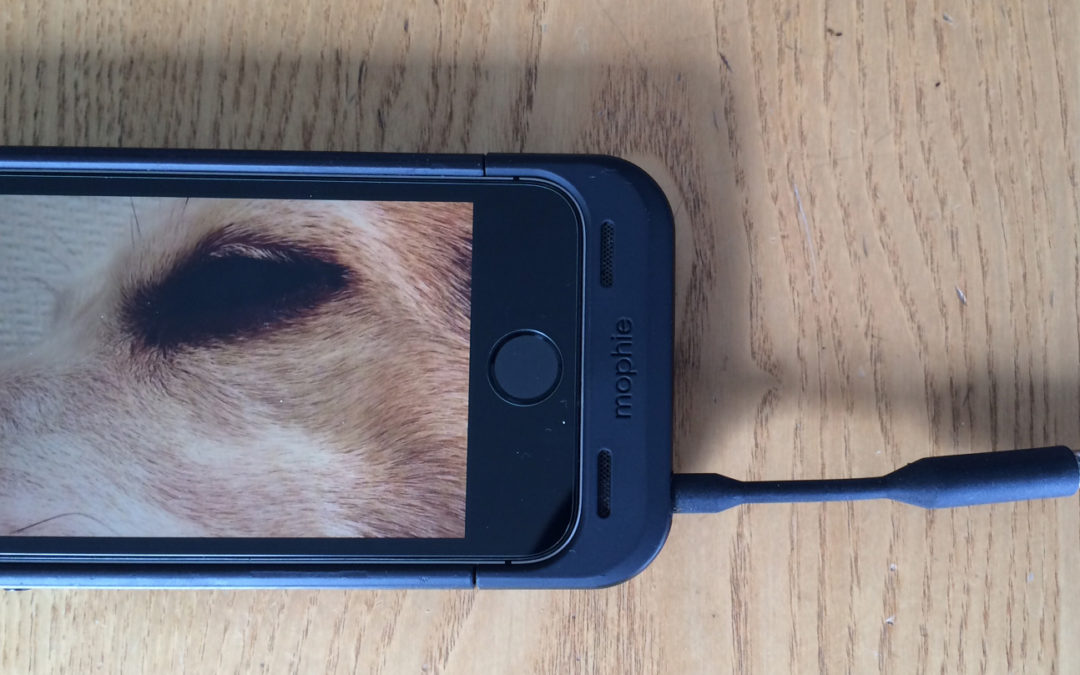
ケースにイヤホンが入らなくなった。そんな時にはこれを。
こんにちは、代表の西山です。
iPhoneのケース(特にバンパー系)を新調した時に、これまで愛用していたイヤホンが入らなくなってしまったことはありませんか?

こんにちは、代表の西山です。
iPhoneのケース(特にバンパー系)を新調した時に、これまで愛用していたイヤホンが入らなくなってしまったことはありませんか?
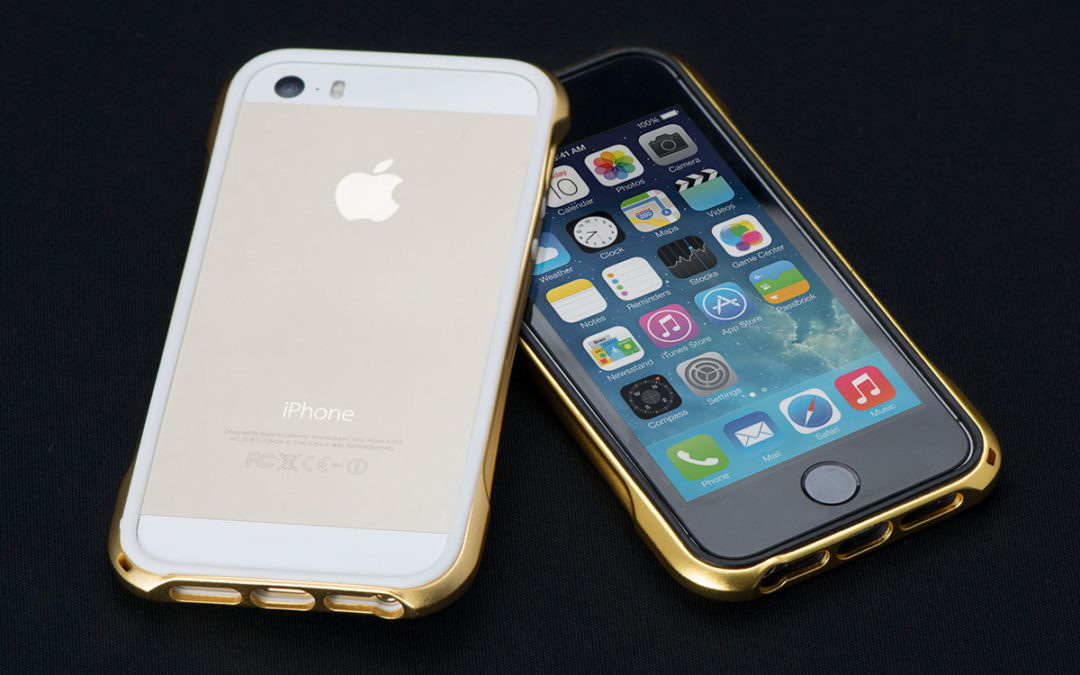
こんばんは、代表の西山です。
本日はプレスリリース前の製品を少しだけご紹介します。
ズバリ、TUNEWEAR社の24金のゴージャスなバンパーフレーム「FRAME x FRAME Shock Mount for iPhone 5s/5 24K Gold Plated Limited Model」です。このバンパーフレーム、実は限定100個の限定生産品で、ひとつひとつの製品にシリアル番号が入っています。
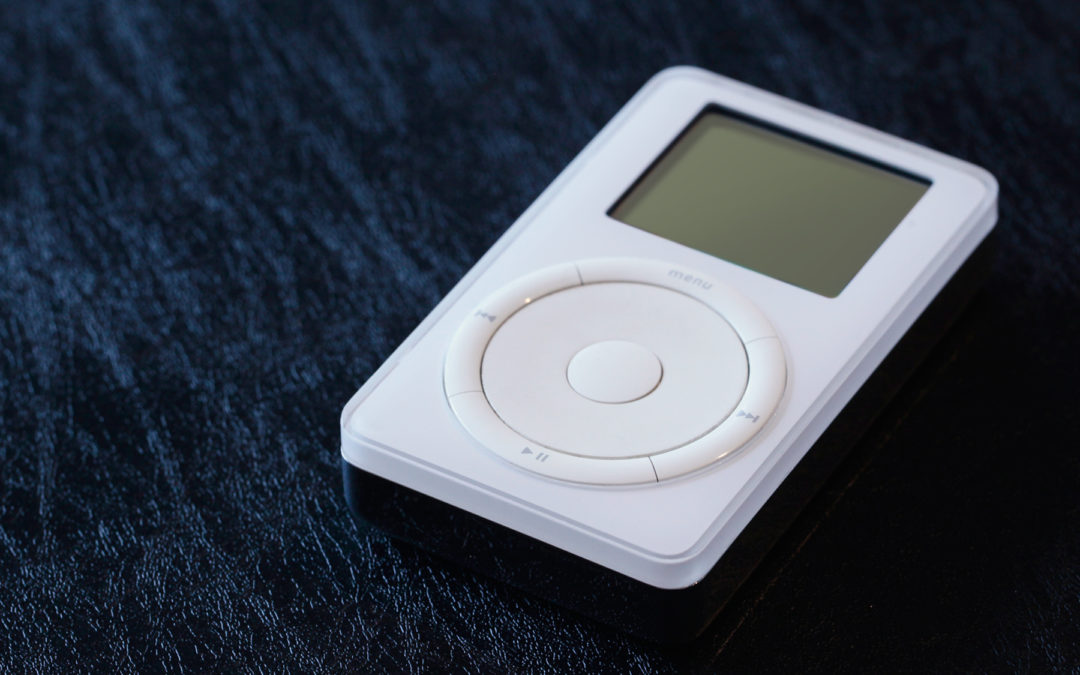
IT ALL STARTED ON OCTOBER 23, 2001.
2001年10月23日
2001年、アップルコンピュータ株式会社(以下、アップル、米国本社を含む)営業本部長の元に秘書からある物が届けられた。
「本部長、これを代表から渡すように言われました。」
真っ白なラッカー仕上げの表面には、大きなホイールとLCD画面のような物。それを包むようピカピカに磨き上げられた金属のタブ。 まるでクーラー用リモコンのような形状と大きさのデバイスを持った瞬間「なんだこれは?」と驚いた。外観の完成度は高いが実用性と市場があるのか疑問に思った。
アップルは既にCasady & Greene社を買収し、パソコン音楽管理ソフトSoundJam MPをiTunesとして8ヶ月前にリリースしていた。Creative社のNOMAD Jukebox(以下、Jukebox)を所有し、iTunesを利用していた本部長はJukeboxの使い勝手の悪さを理解しており「市場が小さすぎる上、未完成な技術だ。著作権の問題も山積みだしこれは難しいでしょう」と直感的に思った。
「こんなもの誰が買うんだ?」
iPodが現れる前、ユーザは数日間かけてMac版とPC 版iTunesを利用しCD音源をMP3ファイルへと変換後、JUKEBOX等の携帯音楽プレイヤーへ転送し利用していた。CDの読み込み、転送されたファイルの検索(当時は、楽曲のスクロールも遅く、数百曲を転送していた場合には、最後尾の曲を探すのには数分かかった)、再生には異常なぐらい手間がかかった。
マイクロドライブをベースにした音楽プレイヤーを数ヶ月間毎日利用した経験から「携帯音楽プレイヤーは問題が山積している」と確信していた。PC用高解像度音声ボードメーカーCreativeやフランスARCHOS社が争う市場はユーザーベースも小さく、製品自体もソーフトとハードが上手く連動しないものが多かった。「どうせまともに動かないギミックだろう。これはサポートが大変だぞ」と初代iPodを軽視した。
自宅へ帰りすぐパソコンに繋ぎデータ転送を試みたが上手くいかなかったが、短期間のiTunesのアップデートにより、徐々に問題は改善されていった。一番衝撃的だったのは「曲を探せる速さ」だった。ホイールと呼ばれる回転するユーザーインターフェースは画期的だった。最後尾の曲も今までの一般方式より数倍早く探せた。初代iPodテレビコマーシャルのインパクトとシームレスに作動する「携帯音楽」製品が将来世界を変える事を徐々に確信した。
アップル本社カウンターパートとiPodについて議論するなか、本社側が「本部長、このフォームファクター(形状とサイズ)でで何が出来るか想像してみろ」と言われたその時脳裏に衝撃が走った。AppleがNewton以来初めて携帯製品(電話を含む)全般の開発に取り組始めたことを理解した。 その後アップルを退社し、iPodとiPhoneのケースとアクセサリ製品をデザイン・製造するTUNEWEARを2003年に創業した。 設立後TUNEWEARはアップル向け個性的で高品質なアクセサリを多数開発し、アジアと日本でトップブランドの地位を確立、成功を収めた。
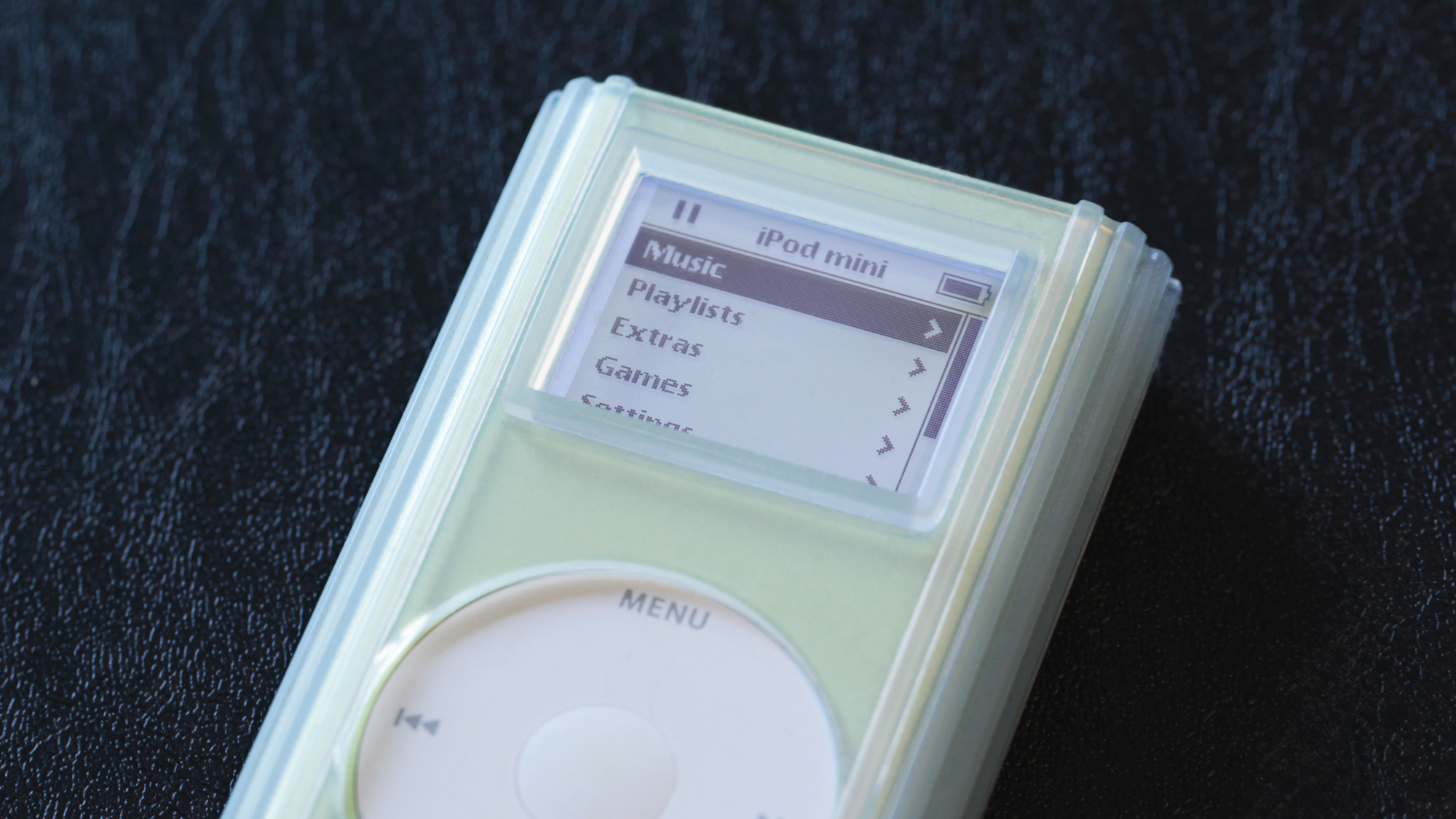
TUNEWEARは2005年から数多くの製品を出している。世界初のシリコンケースは2005年に米国パテントを申告、2006年に取得している。「今市場に出回っているパッケージや製品の大半は、TUNEWEARが提案したものが多い」と設立者は語る。その後も多くの実用新案、欧米パテントや意匠、商標を取得している。2011年にはネジを使わないFrame x Frameで実用新案、2015年位は複雑な構造を持たないケーブル製品CableArtで実用新案を取得している。
当初iPod専用のアクセサリー会社として設立した。キャッチコピーは「音楽を着る」、WEAR the TUNESだ。英語のコピーは「WEAR the Music, Hear the TUNES」だった。携帯電話が主流になった今でもTUNEWEARは10年の伝統を重視し社名を変更していない。

A package was delivered to the Sales Director of Apple Computer Japan, Inc.
It contained a small white and metallic device similar in appearance to a remote control for an air conditioner. The prominent wheel and LED screen were embedded into the surface of the white lacquer finish and it looked beautiful, but it was difficult to discern whether or not there was a market for this device called iPod. Who is going to buy this thing?
Before the advent of iPod, users had to spend days converting their CD music to MP3 files and then transfer those files to MP3 music players. Searching for songs in the transferred files was arduous to say the least because scrolling through hundreds of songs didn’t take seconds, it took a minutes. The amount of time and effort it took to find and play the song you wanted was unbelievable.
Apple bought the rights to SoundJam MP software in 2000 from Casady & Greene which Apple turned into iTunes. I owned Creative’s Nomad Jukebox and had been using it with iTunes. I found the Jukebox difficult to use because its technology was incomplete. I also felt that the market for Jukebox was simply too small.
Considering the mountain of potential copyright issues, I was convinced that these portable music players were too problematic to have any kind of success. Singaporean sound card maker Creative Technology and the French electronics company ARCHOS, maker of the Jukebox 6000, were both contending for what I was convinced to be a small customer base. Issues with the integration of software and hardware in many of the products themselves were widespread.
My reaction to the first generation iPod was that it would be another gimmick that does not work well. I brought the iPod home and connected it to my computer but the data transfer process did not go smoothly. However, within a very short time the iTunes software was updated and gradually the problems were resolved.
The most impressive improvement of iPod over other music players was the music search speed using the iPod’s click wheel. The product’s seamless operability and the impact of watching Apple’s first iPod television commercial gradually convinced me that this mobile music product would change the world. In debating the future of iPod with counterparts at Apple’s headquarters, I was challenged to think about what could be done with the form factor.
After leaving Apple in 2003, I founded TUNEWEAR and began designing and producing high quality cases and accessories first for Apple’s iPod and then for other Apple devices. We grew to become a top brand in the cases and accessories category with great success in Japan and throughout Asia. Now we have sold thousands of products around the world.
We take product development very seriously and conceived of the majority of product and packaging designs which are sold in the marketplace today. The patent for the first silicone case in the world was registered in 2005 and awarded to TUNEWEAR in 2006. TUNEWEAR continues to secure U.S. and European patents for a variety of forms, designs and uses. In 2011, FRAME x FRAME was awarded a patent for the first metal frame iPhone case that does not use screws. In 2015, CableArt was awarded a patent for its simple and uncomplicated cable design.
As for the origin of the TUNEWEAR name, when the company was established we were entirely dedicated to making iPod accessories. Our Japanese tagline was “Wear the Tunes.” In English this became “Wear the Music, Hear the Tunes.” Even as smartphones have become the norm, TUNEWEAR has not changed its name as a testament to its over 10 years of producing functional and stylish cases and accessories.
TUNEWEAR
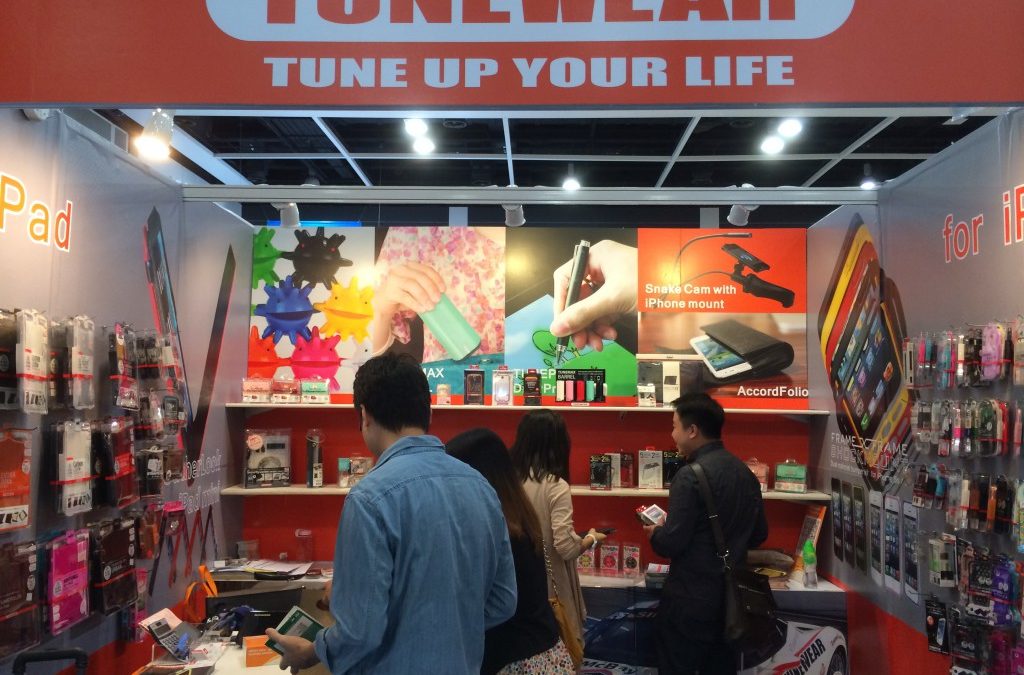
こんにちは、マーケティング部です。香港に世界から電化製品のメーカーなどが集う展示会に来ています。
(さらに…)
こんにちは、マーケティング部です!弊社は代々木公園や横浜赤レンガ倉庫などで開催されるアウトドアイベントに不定期で出展しています。
(さらに…)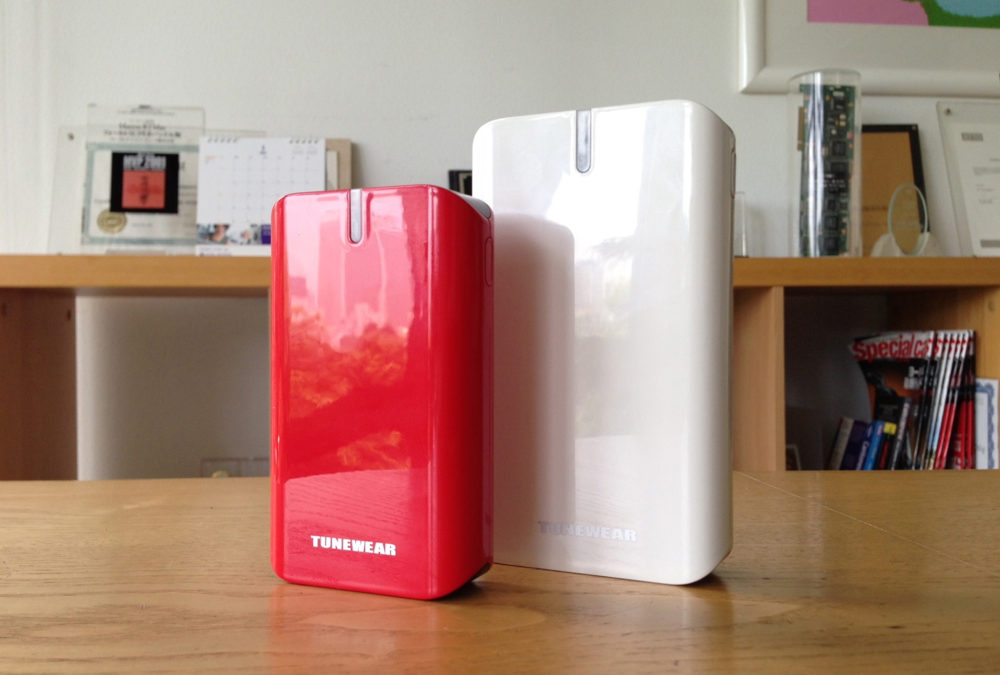
こんにちは、マーケティング部です!
今日は、最近リリースした弊社直営オンラインストア限定で大好評販売中の超大容量ポータブルバッテリー「TUNEWEAR TUNEMAX BARREL 14000」と「TUNEWEAR TUNEMAX BARREL 9000」についてご紹介したいと思います。